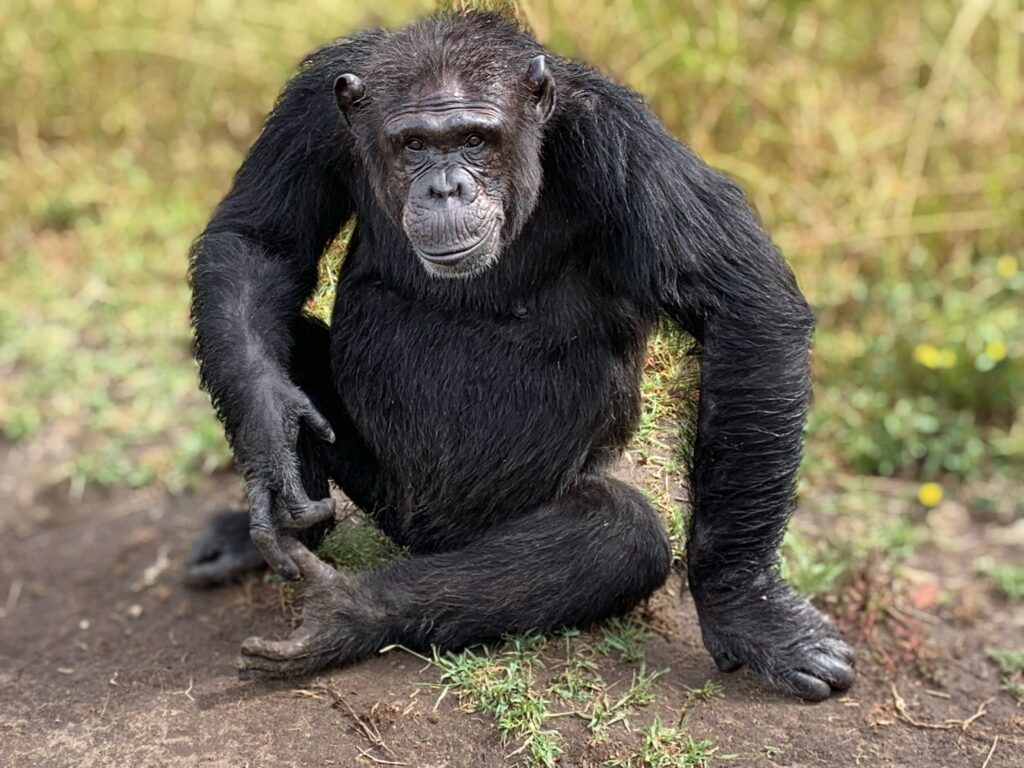
July 14 last week was Shark Awareness Day with TV channels showing documentaries and movies about sharks. Created by Tom Golden, Discovery Channel will present Shark Week, a week long programming block that originally premiered in 1988. National Geographic, similarly, launched SharkFest which is five weeks of all things shark. Former heavyweight champion, Mike Tyson, is set to fight a Great White Shark for Discovery Channel’s Shark Week.
Shark Awareness Day exists to remind and educate the world on the importance of sharks to the marine ecosystems in which shark populations are steeply declining. Sharks are important to our ecosystems because of their role as apex predators. Apex predators are required to maintain the balance of the populations of the species below them in the food chain. Without sharks to regulate our rivers and oceans, the species below them in the food chain would drive their prey to extinction and then die off due to lack of food to sustain their unregulated populations.
Removing sharks will also result in the collapse of fisheries, ecosystems, and reefs across the world. Even declining populations of sharks affect the fisheries and ecosystems negatively because the remaining numbers are so widely spread that mating is a challenge. We should not support unsustainable fishing practices nor should we support restaurants that serve products such as shark fin soup.


